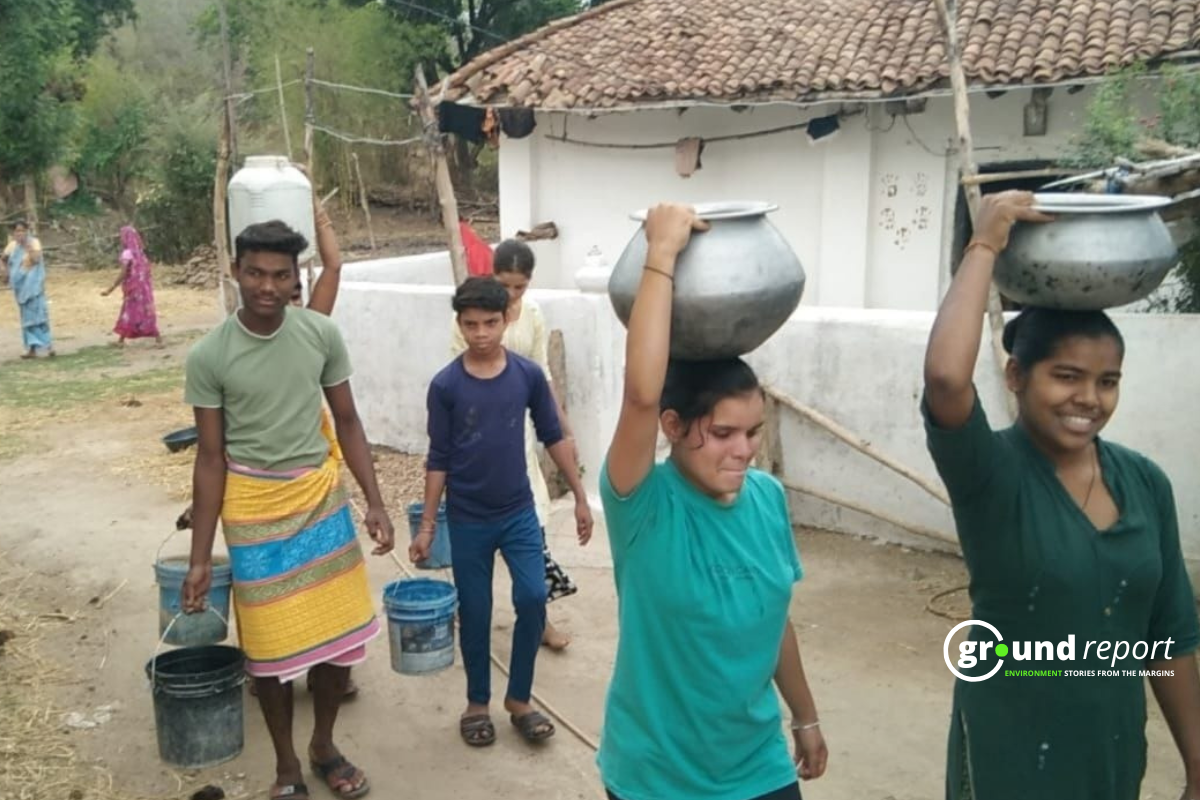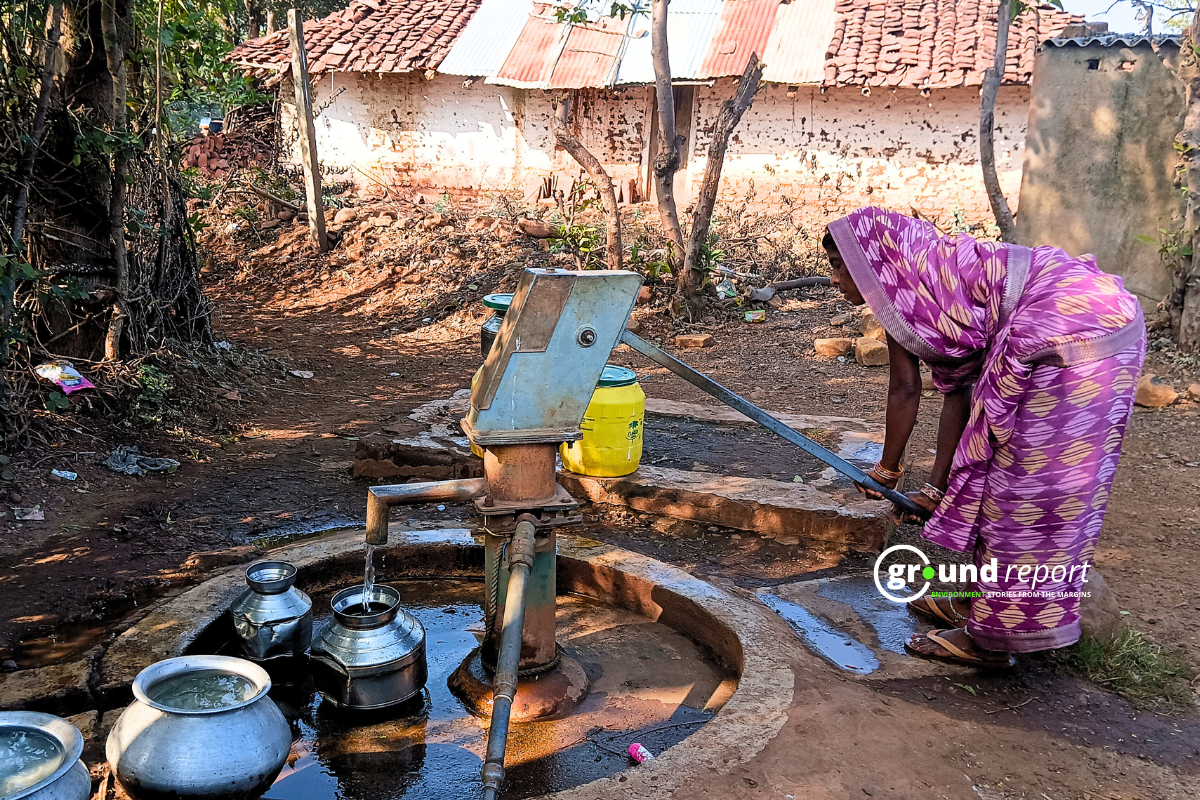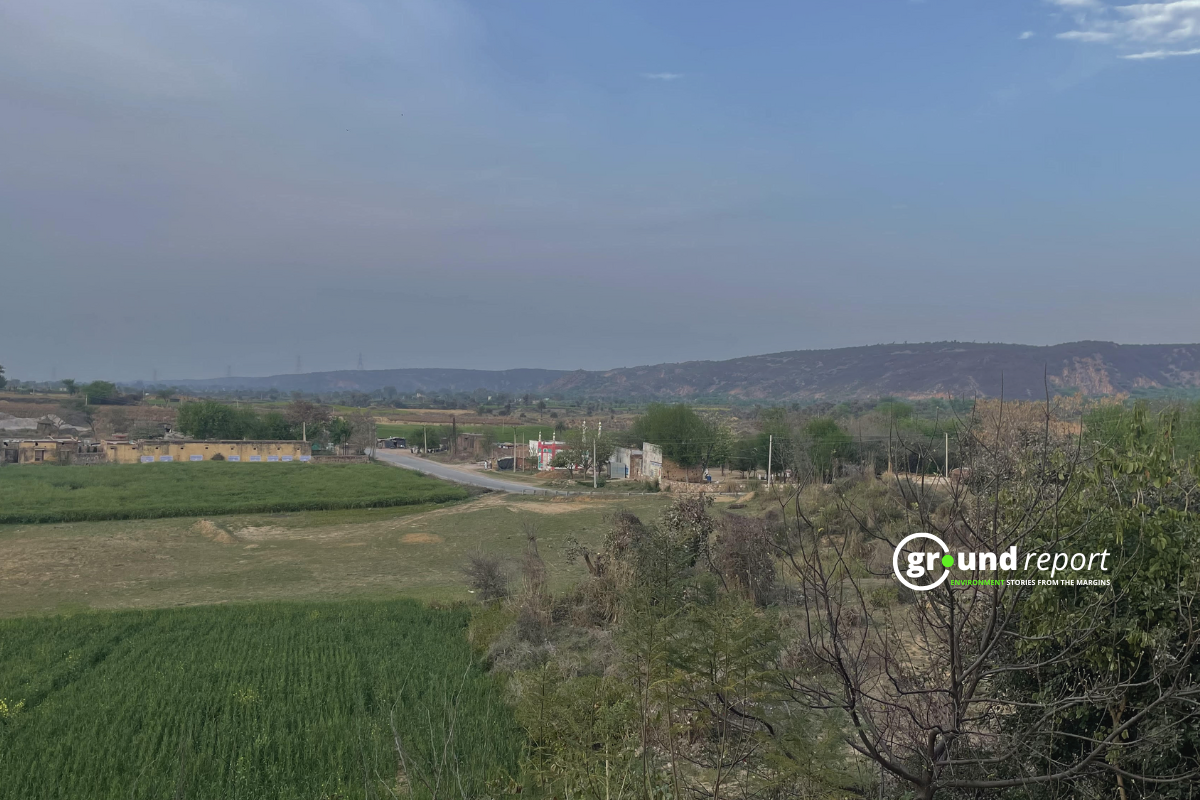A Utrecht University study warns of a worsening global water crisis, with climate change and socioeconomic pressures leaving two-thirds of the world’s population facing water scarcity by 2100.
The study used advanced modelling to assess current and future clean water shortages based on quantity, quality, and demand. The findings, published in Nature Climate Change, are sobering.
“We estimate that currently 55 per cent of the global population lives in areas with scarce clean water for at least one month each year,” said lead author Dr. Edward Jones. “By the end of this century, that number could rise to 66 per cent under current climate change and population growth projections.”
The lack of safe, clean water is a crisis impacting millions worldwide. A new study suggests the problem will intensify as climate change exacerbates drought conditions, pollution degrades freshwater sources, and swelling populations in developing nations increase demand.
“Climate change and socioeconomic development will have multi-dimensional effects on water resources,” Jones explained. “Evaluating all three factors simultaneously is crucial for an accurate picture of future water scarcity risks.”
Increases in future exposure are largest in the Global South. These are typically driven by a combination of rapid population and economic growth, climate change, and deteriorating water quality.
Dr. Edward Jones, Study Lead Author, Utrecht University
Regional differences are stark
The global trend is worrying, but the study also highlights regional differences in water scarcity. Developed nations in Western Europe and North America are projected to see concentrated increases in a few months annually, tied to water quantity issues from droughts.
In contrast, developing countries in the Global South face a dire situation. “Future exposure increases are largest in these regions,” Jones said. “They’ll be hit by rapid population growth, economic pressures, climate change impacts, and deteriorating water quality that could leave many areas with pervasive scarcity.”
The lack of clean water presents a systemic risk to both humans and ecosystems, which is becoming increasingly difficult to ignore. Our work highlights that, alongside substantially reducing our water demands, we must place an equally strong focus on eliminating water pollution to turn the tide on the global water crisis.
Dr. Edward Jones, Study Lead Author, Utrecht University
Water quality crisis
The new research contributes by considering water quality as a driver of scarcity, rather than just supply volumes. Jones noted that quality has been an “under-represented component” in previous water scarcity assessments.
“The safe use of water depends not just on quantity, but also quality,” he said. “We’ve aimed to normalize including quality factors, as eliminating water pollution must be a central part of the solution alongside reducing demand.”
Jones characterized lack of clean water access as “a systemic risk to both humans and ecosystems that is becoming increasingly difficult to ignore.” Tackling the crisis, he concluded, will require a multi-pronged approach targeting pollution, overuse, and climate drivers simultaneously across the globe.
“Our work highlights that we must substantially reduce demands, but place an equally strong focus on eliminating water pollution to address this crisis effectively.”










